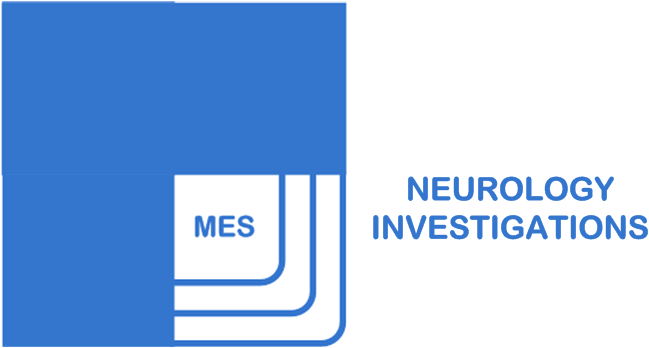The frequency of EEG waves is divided into 4 frequency bands
1. Delta frequency band- under 4 Hz
2. Theta frequency band- 4 to 7 Hz
3. Alpha frequency band- 8 to 13 Hz
4. Beta frequency band- over 13 Hz
The activities seen in the EEGs of awake adults consist of frequencies in the alpha and beta ranges, with the alpha rhythm constituting the predominant background activity.
It is important to understand the difference b/w alpha activity and alpha rhythm. Alpha activity refers to any activity in the range b/w 8 and 13 Hz. While alpha rhythm is a specific rhythm consisting of alpha activity having following properties:
- Rhythm at 8-13 Hz occurring during wakefulness over the posterior region of the head, generally with higher voltage over the occipital areas.
- The amplitude of alpha waves often waxes and wanes, but is mostly below 50 µv in adults.
- Alpha rhythm is best seen with eyes closed and under condition of physical and mental relaxation.
- Alpha rhythm is blocked or attenuated by attention especially visual or mental effort (alpha reactivity).

Reference:
- A glossary of terms commonly used by clinical electroencephalographers. Elcetroencephalogr. Clin. Neurogphysiol. 37: 538-548
- Electroencephalography: General Principles and Adult Electroencephalograms in: Jasper R. Daube. Clinical Neurophysiology, Philadelphia: F. A. Davis Company

No comments:
Post a Comment